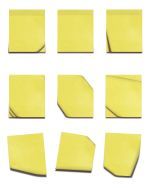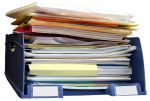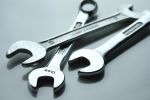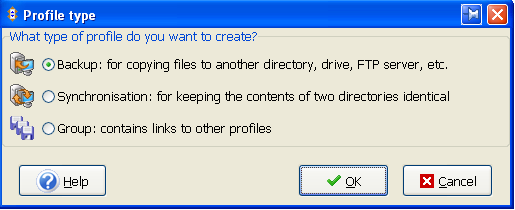Paper and alternative materials like parchment were once very rare and precious materials. Today, we use paper almost everywhere or rather - wherever it cannot be replaced by plastic.
Production of either material is a burden on the environment, although paper - typically made from wood, is biodegradable and therefore, much easier to be recycled.
Going digital will not only save paper and help the environment, it will also save you tons of space: your desk or even your fridge will look much cleaner. Finding documents will be a lot faster. And after all, we live in the digital age! Here is how you start:
1. Scanning
It all starts with scanning your existing paper documents. If you don't have a scanner, you can use your digital camera, take a photo and use Snapter to correct perspective and distortion. Damien reviewed the tool in detail a couple of months back: Snapter - Scan Your Documents Without A Scanner
2. File
Make sure you figure out a good system that will allow you to easily track down a document you may need. Always ask yourself, "Where and how will I look for this?"
The easiest way of filing documents probably is having them as PDFs, naming them with the date and a short description and searching for whatever you need within the content by keywords.
Since searching images for text is not yet a standard, the file name for images will need to be very descriptive. Alternatively, you could use a tool called JOCR, which will extract the text from your scanned documents and put them into a text file. You can give the text file the exact same name as the image, file it into the same folder, and that way you'll be able to easily track down the respective document. Varun reviewed JOCR: How To Extract Text From Images
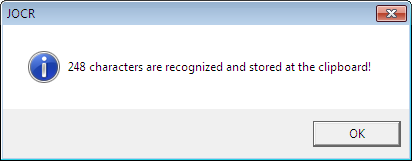
If this sounds like too much trouble, you can also file away the scanned documents and PDFs using GMail. Just email the files to yourself and type the appropriate, relevant keywords into the email. Just keep in mind the security risk you might be exposing your files to, so try not to upload sensitive documents.
3. Use Tools
We use a lot of paper for random notes, which will then stick around on our desks forever or until we spill coffee on it. To save paper and make your desk look a little bit more tidy, try to get a routine for using tools.
Reminders, quick notes, to-do lists, addresses can be organized and stored digitally. Depending on which tools you use, may have the added benefit of accessing them wherever you are.
For quick notes, you should use Stickies, which basically is the digital alternative to Post-It Notes.
Google Calendar makes for an excellent online and desktop calendar. It can also remind you of tasks. If you integrate Google Calendar into Thunderbird, you can even create to-do lists straight from your desktop. In my article How To: Integrate Google Calendar Into Thunderbird, you'll see how that is done.
One of the best tools to stay organized and get rid of paper notes and reminders is Remember The Milk. Being compatible with a range of other applications, it may as well become your central hub for keeping track of tasks and information. David covered 8 Easy Ways To Manage Tasks With Remember The Milk, which gives a little bit more insight into what this tool can do for you.
Furthermore, in the article Manage Your Life With Free Online Time Management Tools, I reviewed several other useful tools, some of which are mentioned above.
4. Backup, Backup, Backup
To go entirely paperless, you would have to discard the original paper documents at some point or store it away. Of course, there are documents you have to hold on to. But for the majority, the digital copies will be good enough.
However, accidents happen. Your hard drive might corrupt, taking the digital copies of your documents with it. So, it's important to create regular backups.
Confidential files should never leave your hard drive and you should back them up to external drives on a regular basis.
What about the documents stored in your GMail account? While GMail may be a pretty safe place, you should also backup your GMail account, just to be 100% sure that everything is accounted for.
There is a way to backup GMail using GMail Backup, as Karl described in his article How To Backup Your Gmail Account To YOUR Computer.
Finally, having an electronic copy of every important document, even if you cannot discard the original, is a backup in itself. Just imagine all your precious paper documents lost in a flood or fire -- and you still have a duplicate on a hard drive.
5. Repeat
Make the above steps a habit. That's crucial. Keep setting reminders to scan paper documents. Make scanning a routine for everything new that comes in, and work on old stuff when you have time. And repeat.
So, what is keeping you from fully converting from an old school paper user to the new age digital master? Let us know, digitally, in the comments.

